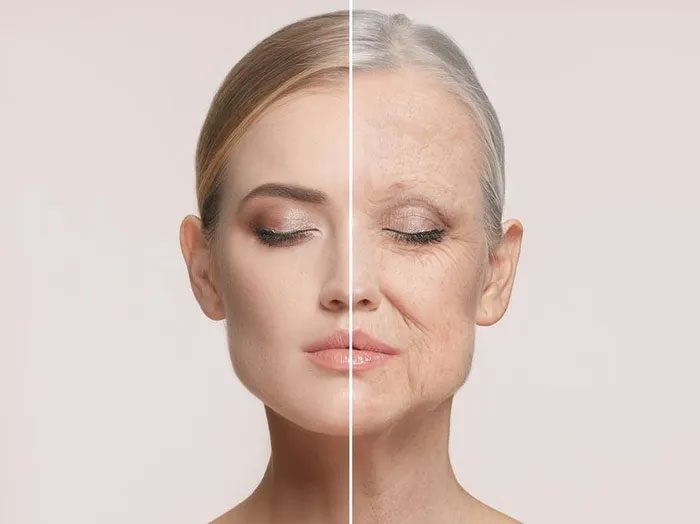According to JPost, research conducted by scientists at the Rambam Health Care Campus, the Technion-Israel Institute of Technology, in collaboration with the University of Manchester (UK) and the Monasterium Laboratory (Germany), has been published in the journal Science Advances on June 24.
Using the method of skin grafting from aged mice, they demonstrated the ability to rejuvenate skin and other organs by altering the molecular structure of all skin layers.
The team of experts grafted skin from elderly humans onto severely immunocompromised mice (SCID). This condition affects both B and T lymphocytes genetically. After the grafting, the mice began to develop new blood vessels, regenerate epidermal pigmentation, and showed significant improvements in key biological markers related to aging.

Combating the aging process to keep humans youthful and extend lifespan has been a goal for many for centuries. (Image: Freepik).
The process of reversing aging occurred 30 days after the elderly human skin was grafted onto SCID mice. The authors confirmed that all layers of human skin had been rejuvenated, and the number of new blood vessels in the skin also increased.
The research team had previously grafted elderly human skin onto SCID mice, but they were unsure whether the skin rejuvenation they observed could extend beneath the epidermis. In this new study, the authors used vascular endothelial growth factor A (VEGF-A) to promote the rejuvenation of human organs in experimental animals.
Human skin is an ideal physical model for preclinical aging research but is rarely used for the purpose of reversing aging. The aging of the body is first visible through skin elasticity and hair color.
Therefore, the authors emphasize that this research aims to “realize the ancient desire to halt or reverse the aging process and rejuvenate human skin.”
Aging cells are an irreversible phenomenon that occurs when natural cell division ceases in human tissue. It also causes many related pathologies such as Alzheimer’s disease, type II diabetes, and cancer.
Scientists have known that in laboratory settings, removing senescent cells from tissues helps slow down age-related aging, thereby extending lifespan. However, this remains theoretical. Bridging the gap between theory and practice is a challenge that humanity has been seeking answers to for centuries.
This is not the first time researchers have endeavored to find a way to “reverse aging” for humanity. In November 2021, a team of experts from four universities and a pharmaceutical company in the U.S. discovered a new method to eliminate the accumulation of senescent cells. They used antibodies as a “smart bomb,” designed to recognize and destroy oxidized cells, formulating a drug compound called Senolytics.
Taking inspiration from cancer treatment therapies, the experts modified a type of antibody to recognize aged cells. They then introduced a special toxin into the aging cells, destroying them from within. However, this research has only been successful at the laboratory level. The team of experts also shared their high hopes for this result and will conduct clinical trials on humans in the near future.
In October 2020, a startup gained attention for researching methods to reverse aging, promising to help people look younger than their age. The technology of this pharmaceutical company is now based on protein processing methods to revert cells in the body to a stem cell-like state, thereby preventing and reversing the aging process, helping people maintain youthfulness and longevity.



















































